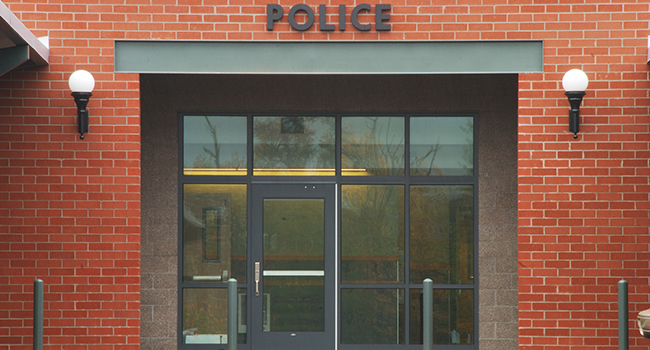
New Jersey District Adds Police Stations to Three Campuses
The Cranford Police Department and Cranford Public Schools are opening “Police Substations” within the district’s three largest campuses.
- By Jessica Davis
- April 12, 2019
The Cranford Police Department and Cranford Public Schools are opening “Police Substations” within the district’s three largest campuses as part of ongoing efforts to increase safety and security on campuses.
Officials said the new stations aim to increase law enforcement visibility at schools, as well as adding to the district’s safety and security infrastructure.
"The purpose of a police substation is to increase police visibility while offering officers another place to complete reports, make follow-up calls, and conduct school business," Cranford Police Chief Ryan Greco said.
Cranford Public Schools and the Cranford Police Department currently have a shared service agreement in which the schools contribute funding to the township in exchange for assistance from the police department’s Juvenile Bureau and School Resource Officer Program.
The substations have been installed at Cranford High School, Hillside Avenue School and Orange Avenue School, giving SROs and members of the Patrol Division a designated office to use on a daily basis.
Greco said that law enforcement already has a good relationship with principals, faculty and students, but the substations have increased and improved that bond.
"Our officers participate in classroom lessons, offer feedback on mandated school drills, and interact with teachers on a daily basis," Greco said. "The consistent presence in schools afforded by these designated spaces foster communication and a healthy working relationship."
About the Author
Jessica Davis is the Associate Content Editor for 1105 Media.